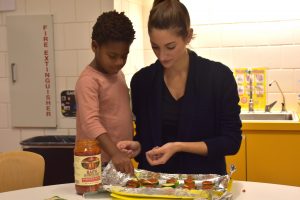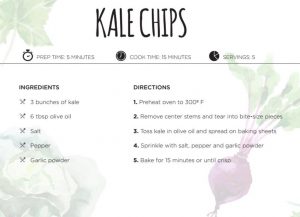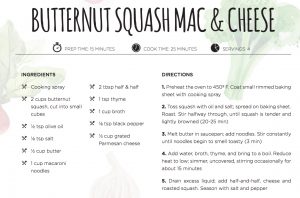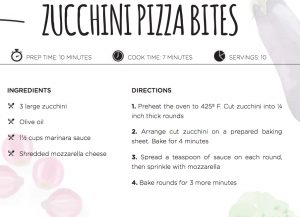This article originally appeared in the Winter 2019 issue of Gaynor Gazette.

The child-friendly EC kitchen is one of the highlights of the Early Childhood program’s state-of-the-art facilities. Weekly, students in the EC gather in the kitchen to cook or bake. But why is cooking important and what benefits does it have to students?
- Math – Cooking reinforces basic math skills like counting, measuring, timing, and number recognition.
- Reading Comprehension – It’s important to correctly understand and follow a recipe.
- Science – Specifically chemistry. What are wet or dry ingredients? How do ingredients change in different temperatures or interact together?
- Executive Functioning – A step-by-step plan must be followed, which calls for impulse control, attention, and patience.
- Social Skills – Students learn the importance of following directions, concept development, communication, teamwork, and turn taking.
- Nutritional Understanding – Learning how meals are made fosters an understanding of food systems, the use of healthful ingredients, and encourages palate expansion.
“Cooking is a hands-on, truly multi-sensory experiential learning opportunity,” says Rebecca Jurow, Director of Early Childhood. “Cooking is everything: by design, it covers so many academic and social areas.”
Often, cooking in the EC ties into the curriculum. In the fall, students explore pumpkins inside and out, learning about the life cycle and needs of living things, eating, and even planting their own pumpkin seeds. During weekly sessions in the kitchen, students make pumpkin soup, muffins, pudding, and even bread.
At the start of each cooking session, an illustrated, laminated recipe card is placed on the wall in the kitchen for students to easily follow along during instruction. Before starting, ingredients are laid out and discussed. Even if students are sure they’re not going to like something, they’re encouraged to take at least one bite. Once they try it, they of course don’t have to continue, but reluctant students are often pleasantly surprised.
Ms. Baumgart and Ms. Homlish shared four of the EC’s most popular recipes so that you and your students can recreate them at home.




